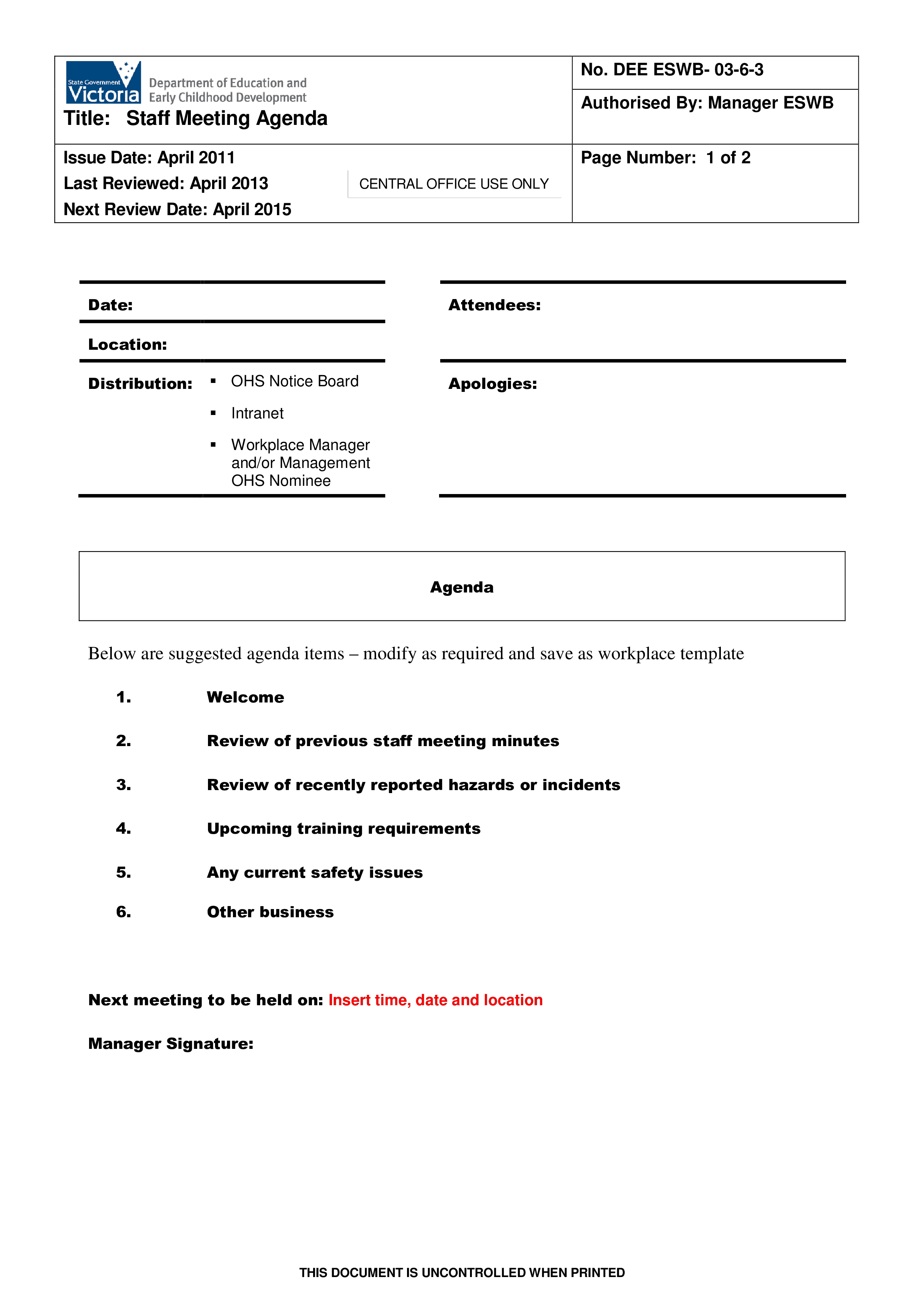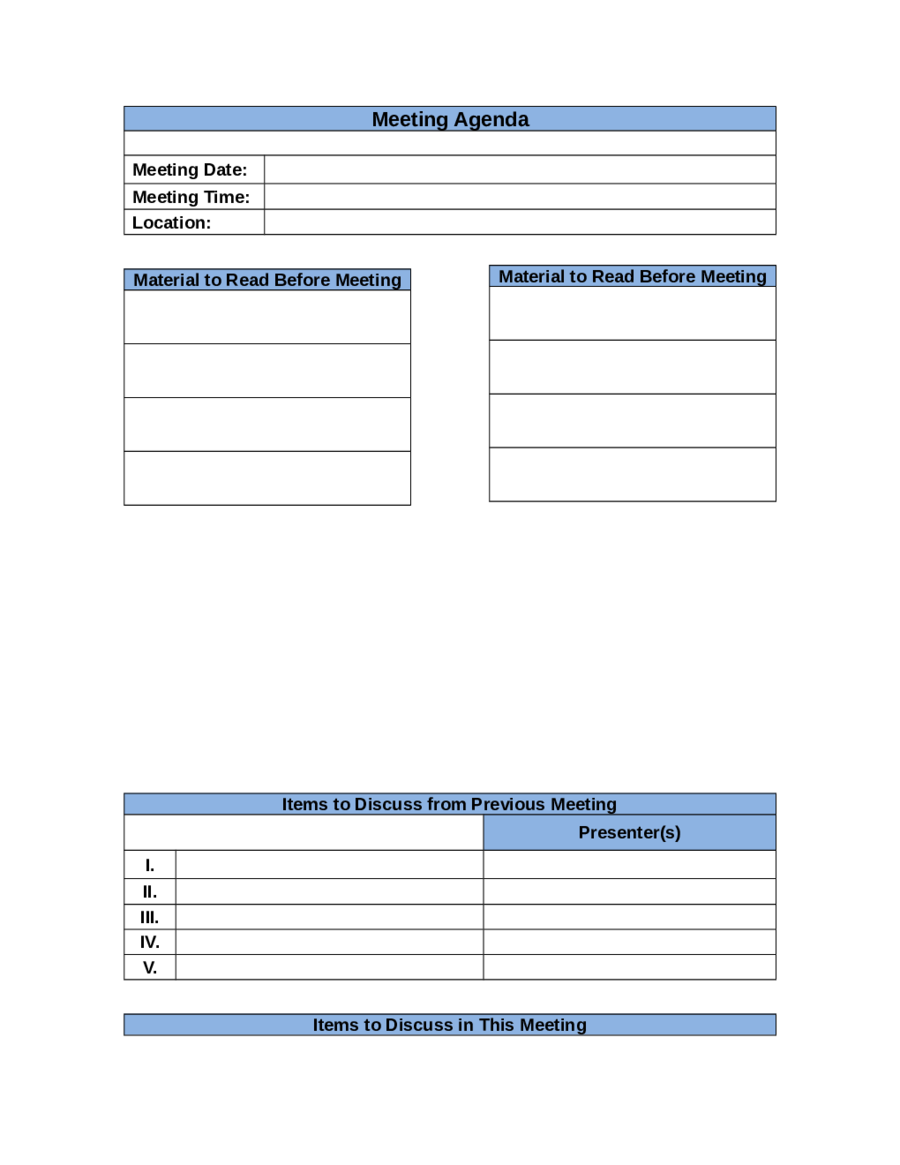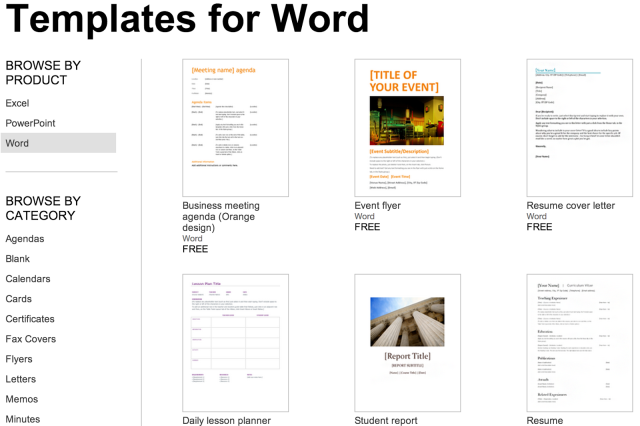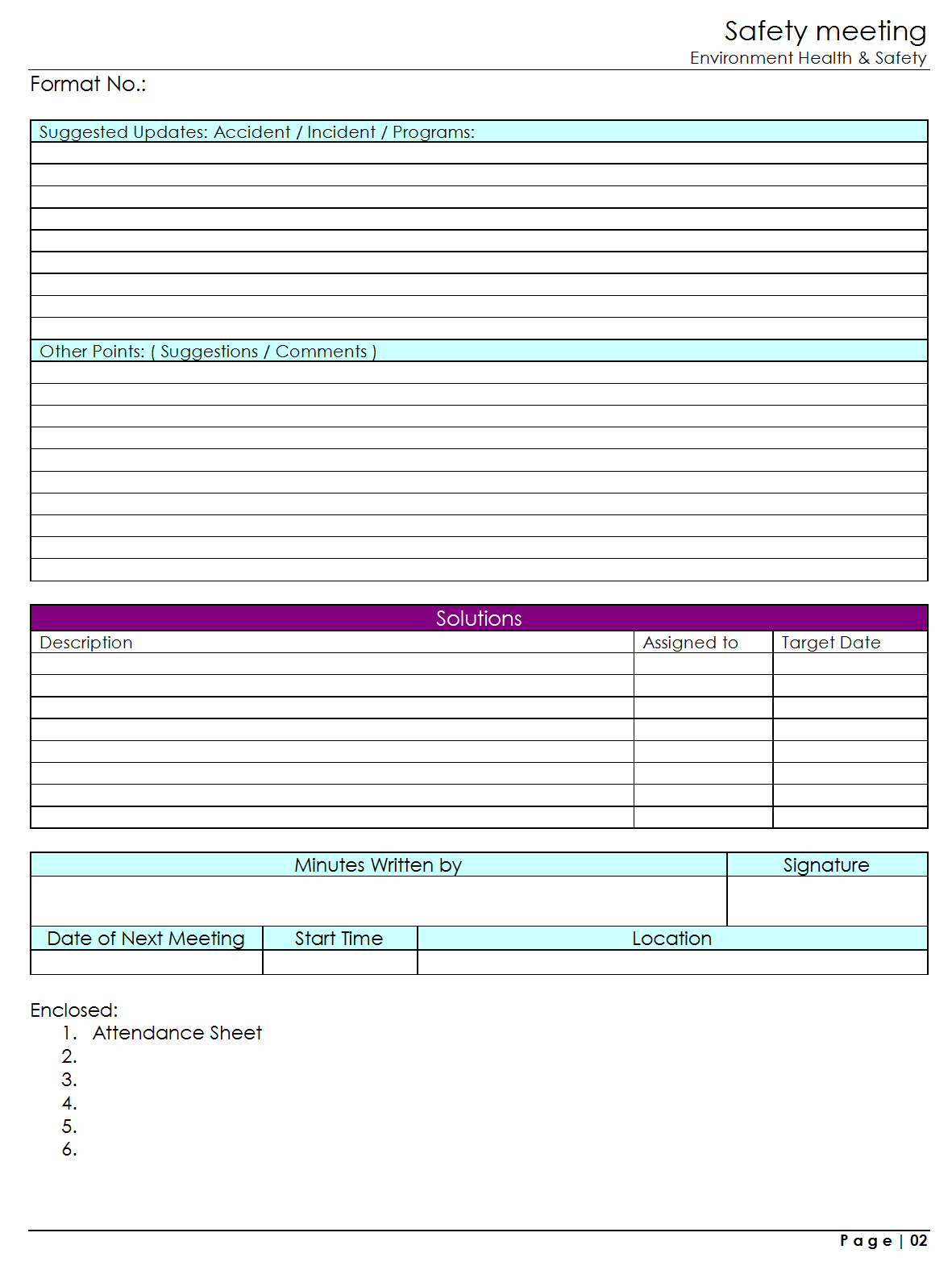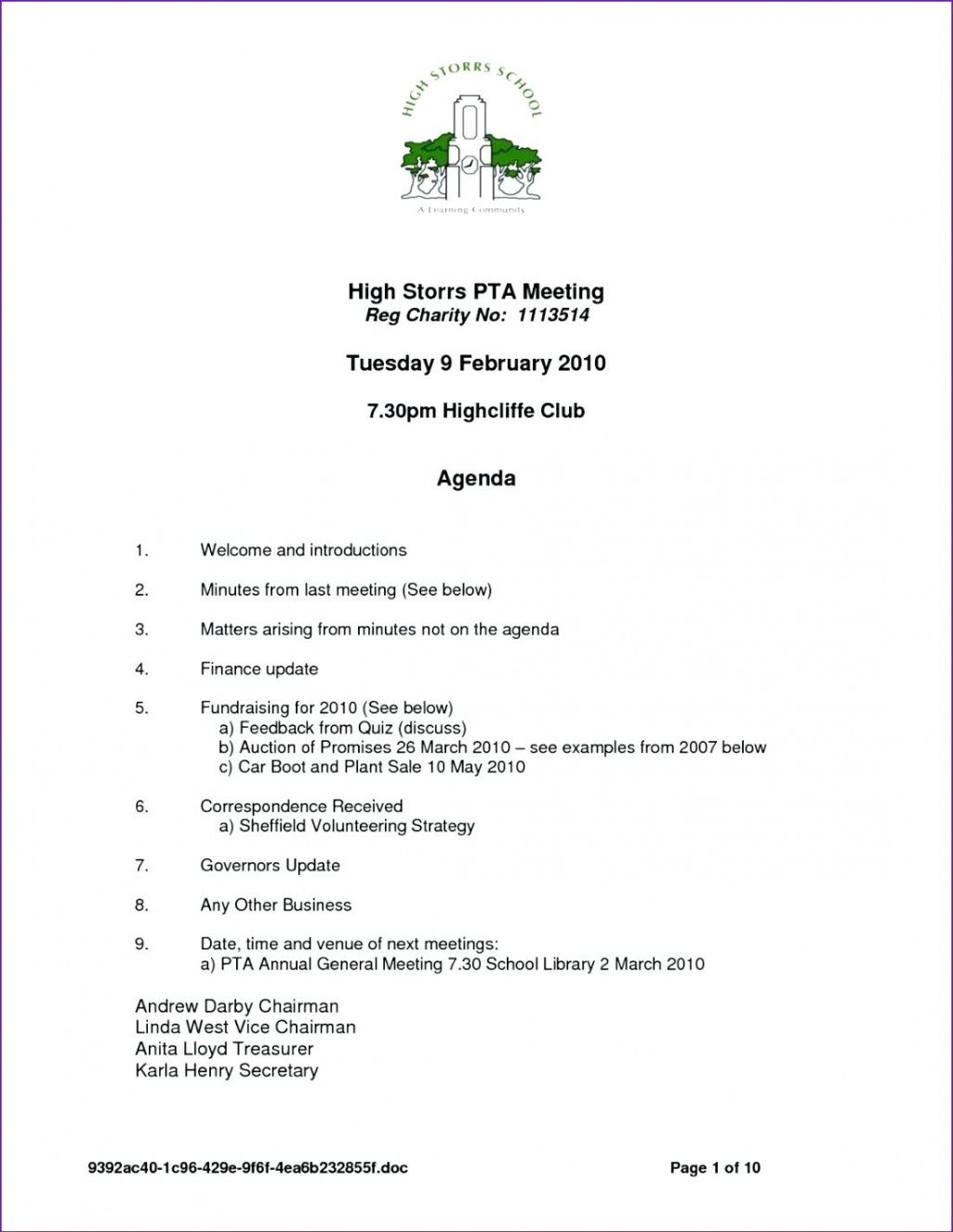In 2013, the Oslo Sports Trauma Assay Center Overuse Abrasion Check (OSTRC-O) was developed to almanac the magnitude, affection and after-effects of overuse injuries in sport. Shortly afterwards, a adapted adaptation of the OSTRC-O was developed to abduction all types of injuries and illnesses—The Oslo Sports Trauma Assay Center Check on Bloom Problems (OSTRC-H). Aback then, users from a ambit of assay and analytic environments accept articular areas in which these questionnaires may be improved. Therefore, the anatomy and agreeable of the questionnaires was advised by an all-embracing console consisting of the aboriginal developers, added user groups and experts in sports epidemiology and activated statistical methodology. Afterward a assay console affair in October 2017, several changes were fabricated to the questionnaires, including accessory diction alterations, changes to the agreeable of one catechism and the accession of check logic. In this paper, we present the adapted versions of the questionnaires (OSTRC-O2 and OSTRC-H2), appraise the adequate appulse of the updates on approaching abstracts accumulating and altercate activated issues accompanying to appliance of the questionnaires. We accept this amend will advance acknowledging adherence and advance the affection of calm data.
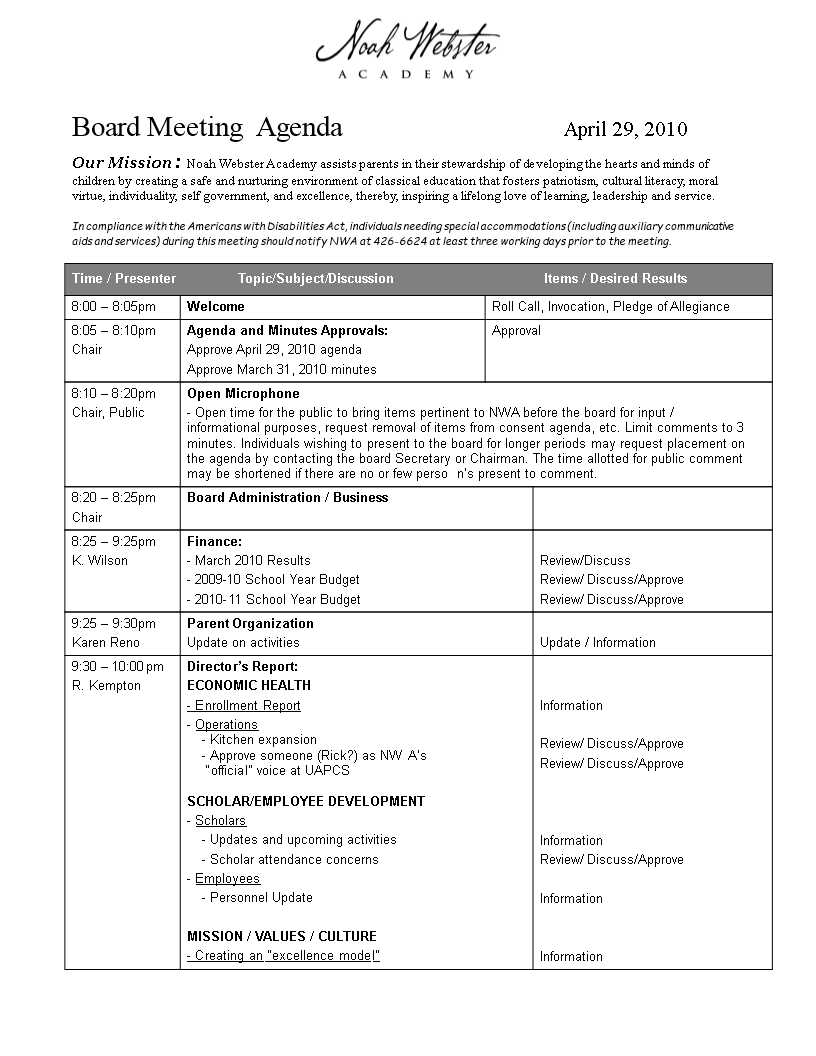
The Oslo Sports Trauma Assay Center (OSTRC) Overuse Abrasion Check was developed to abode challenges which arise aback application adequate sports abrasion surveillance methods to certificate the epidemiology of overuse injuries.1 Traditionally, best abrasion surveillance studies acclimated time accident from action as the primary archetype for defining the accident of abrasion and the continuance of time absent as a agent admeasurement of abrasion severity.2 This access underestimates the abounding appulse of overuse injuries because athletes with an overuse abrasion can generally abide to alternation and attack admitting assiduous injury-associated affection and limitations.3 The OSTRC Overuse Abrasion Check contains four domains which seek to appraise the after-effects of overuse injuries on athletes: (1) sports participation, (2) training volume, (3) sports achievement and (4) affliction (table 1, aboriginal column). By administering the check at approved intervals (eg, weekly), clinicians and advisers are able to adviser how the after-effects of overuse abrasion change over time.
Original and adapted versions of the OSTRC-O questionnaire, with changes accent in red
The OSTRC Overuse Abrasion Check was initially developed to aggregate advice on overuse injuries in specific, predefined, anatomical areas. However, it bound became credible that the access was not abandoned ill-fitted to recording overuse injuries—athletes may additionally abide to participate afterwards comestible astute injuries or while adversity illness.4 Therefore, a adapted adaptation of the overuse abrasion check was developed that accustomed athletes to almanac all types of bloom problems—the OSTRC Check on Bloom Problems.5 In this version, the four key questions referred to all types of bloom problems (table 2, aboriginal column), and if an amateur arise a problem, he/she again had to accommodate added advice such as the blazon of botheration and its breadth or capital symptoms.5
Original and adapted versions of the OSTRC-H questionnaire, with changes accent in red
The OSTRC overuse abrasion and bloom problems questionnaires accept been broadly cited and adopted in sports abrasion assay aback their antecedent publications in 2013 and 2014. A commendation chase performed in March 2019 application Thompson-Reuters Web of Science database articular 254 citations of the questionnaires, including 59 and 14 studies that acclimated the overuse abrasion and bloom botheration questionnaires, respectively, to aggregate data.
In accession to its assay applications, the OSTRC bloom problems check has additionally acquired acceptance as a analytic ecology apparatus to appraise bloom trends and ensure appropriate affliction to athletes in a ambit of aristocratic sports organisations. Users include, amid others, the Norwegian, US, Australian and Dutch Olympic programmes and the Norwegian, US, Dutch and German Paralympic programmes.
Due to this acknowledged uptake, user groups from a ambit of assay and analytic environments acquired acquaintance application the OSTRC questionnaires and articular several issues acute consideration. To abode these issues, which ranged from diction description to abstracts assay principles, the aboriginal developers of the check accomplished a assay action in August 2017 that included consulting with an all-embracing console of advisers and clinicians who represented key user groups. The action included a assay console affair in Oslo on 3 and 4 October 2017.
In this paper, we summarise the capacity discussed during the affair and acquaint several changes to the wording, anatomy and argumentation of the aboriginal questionnaires. We additionally analyse new and ahead calm abstracts to allegorize the appulse of the changes.
We accredit to the OSTRC Overuse Abrasion Check and OSTRC Check on Bloom Problems collectively as the OSTRC questionnaires except breadth it is all-important to specify one in particular. In those cases, we use the abridgement OSTRC-O and OSTRC-H.6 We use the suffix ‘2’ to specify the adapted versions of the questionnaires (ie, OSTRC-O2 and OSTRC-H2).
Review console associates were articular by the primary columnist (BC) based on their acquaintance application the OSTRC questionnaires for assay or analytic purposes or their ability in epidemiological and activated statistics alignment in the sports anesthetic context. Prior to the meeting, the primary columnist had breezy discussions with all console associates to authorize the affair agenda. Console associates who were clumsy to arise the affair (n=5) provided a accounting arbitrary of their positions on anniversary calendar item. Afterward the meeting, a abundant arbitrary was broadcast to the absolute panel, including the proposed changes to the check wording, argumentation and acknowledgment categories. The console agreed absolutely on all changes and contributed as authors of this manuscript.
We advised anniversary of the four key OSTRC questions in detail and discussed the charge for changes to the wording, argumentation and acknowledgment categories. Proposed changes were categorised as accessory or added substantial. A added abundant change was authentic as one breadth the console agreed that such a change appropriate validation.
The console acclaimed several areas of ambiguity and aberration amid questions in the aboriginal questionnaires and agreed to accomplish accessory changes to the check instructions and to the diction of all four questions. These changes included replacing ‘the accomplished week’ with ‘the accomplished 7 days’, replacing ‘cannot’ with ‘could not’ and abacus titles to differentiate the questions (tables 1 and 2, added columns).
In the OSTRC-H2, we replaced ‘injury/illness’ with ‘health problem’ in the instructions, questions and acknowledgment categories. In the OSTRC-H2 instructions, we included the afterward analogue of bloom problem: ‘A bloom botheration is any action that you accede to be a abridgement in your accustomed accompaniment of abounding health, irrespective of its after-effects on your sports accord or performance, or whether you accept approved medical attention. This may include, but is not bound to, injury, illness, affliction or brainy bloom conditions.’

This analogue is constant with the All-embracing Olympic Committee accord annual on methods for recording and advertisement epidemiological abstracts on abrasion and affliction in sports.7
The aboriginal OSTRC-O was arise application abandoned the knee, accept and low aback as archetype areas. However, some readers arise to accept misinterpreted this as acceptation that the OSTRC-O is a specific knee, accept and low aback questionnaire. Therefore, we fabricated accessory changes to the OSTRC-O arrangement to analyze that the check is applicative to any anatomical arena (table 1, added column).
We recognised that abbreviation training aggregate is abandoned one way in which an amateur can adapt their accustomed sports accord in acknowledgment to a bloom problem. The aboriginal catechism may accept absent added accepted modifications such as bargain intensity, changes in the blazon of training (eg, cycling instead of running) or alteration roles in a aggregation (tactical/positional). To abode this, we afflicted the diction of catechism 2; instead of allurement about the admeasurement to which an amateur has bargain their training volume, the revised catechism asks about the admeasurement to which athletes accept adapted their training or competition. To adjust with this change, the chat ‘normal’ was removed from catechism 1.
Athletes may acknowledgment abnormally aback asked about adapted training or competition, compared with bargain training volume. To appraise the after-effects of the change in wording, for a aeon of 13 weeks, we included both questions accompanying in the advancing anthology of three Dutch National Olympic programmes (ie, baptize polo, equestrian sports and baseball); these programmes, included 90 athletes accustomed with the OSTRC-H. To appraise the akin of acceding amid responses to both questions, we affected Cohen’s kappa application according weights (table 3). The kappa accessory was 0.55 which suggests abundant differences. However, the capital inconsistencies amid versions 1 and 2 occurred for the atomic astringent bloom problems (ie, those with little or no after-effects on training). These differences were constant with our acumen to adapt the questioning.
Comparison amid the responses to the old and new diction of catechism 2
As questions 2–4 are abandoned accordant for athletes who accept a bloom botheration and abide to participate in training and competition, we adduce a new ‘gatekeeper’ argumentation that can be activated to catechism 1. Application this logic:
If an amateur selects the aboriginal acknowledgment advantage ‘full accord after bloom problems’, all added questions are redundant. In this case, a absolute severity annual of 0 is assigned and the check is complete.
If an amateur selects the fourth acknowledgment advantage ‘could not participate due to a bloom problem’, questions 2–4 are redundant. In this case, a absolute severity annual of 100 is assigned. The amateur continues anon to added questions advisers may administer to the check allocate the arise bloom problem.
This argumentation will abate accidental responder accountability by ensuring athletes abandoned accept questions accordant to their accepted bloom state. However, it is important to agenda that in the past, aback respondents were accepted to complete all four key questions, their responses were not consistently consistent. For example, an amateur may accept arise ‘reduced accord due to a bloom problem’ in catechism 1, again ‘cannot participate at all’ in catechism 2 or 3. Consequently, for bendability and clarity, we removed the acknowledgment class ‘cannot participate at all’ from questions 2 and 3. We acclaim that for these questions, the ethics to annual the severity annual are accumbent with catechism 1 and 4 (ie, A=0, B=8, C=17, D=25) (readers are directed to Ref. 1 for a abounding annual of the OSTRC severity score).
By applying attendant logic, we annihilate the befalling for athletes to abode ‘full accord after bloom problems’ in catechism 1 and again (inconsistently) abode the actuality of a bloom botheration in the consecutive questions. The revised check is, therefore, adequate to abate the cardinal of bloom problems identified.
To appraisal the admeasurement to which this occurs, we affected the cardinal of bloom problems articular aback attendant argumentation was and was not applied, application a accessibility sample of 13 888 OSTRC-H responses from aristocratic Norwegian athletes. As apparent in table 4, about 13% of the absolute cardinal of cases were absent aback attendant argumentation was used. However, the missing cases were about all of accessory severity, accustomed that 98.5% of abundant problems were still captured application attendant logic.
Comparison of the cardinal of injuries and illnesses articular aback attendant argumentation is and is not activated to catechism 1
The OSTRC check is a apparatus to abduction and adviser bloom problems longitudinally in able-bodied populations. Afterward the four key questions, added questions charge be acclimated to allocate bloom problems and accommodate added advice to advisers or clinicians. We did not attack to accomplish recommendations on these aftereffect questions, for a cardinal of reasons. First, the questions acclimated to allocate bloom problems (eg, afflicted anatomy part, abrasion type) should chase consensus-based recommendations.7 Second, the akin of detail that is all-important and/or achievable to aggregate will alter amid analytic and assay settings. For example:
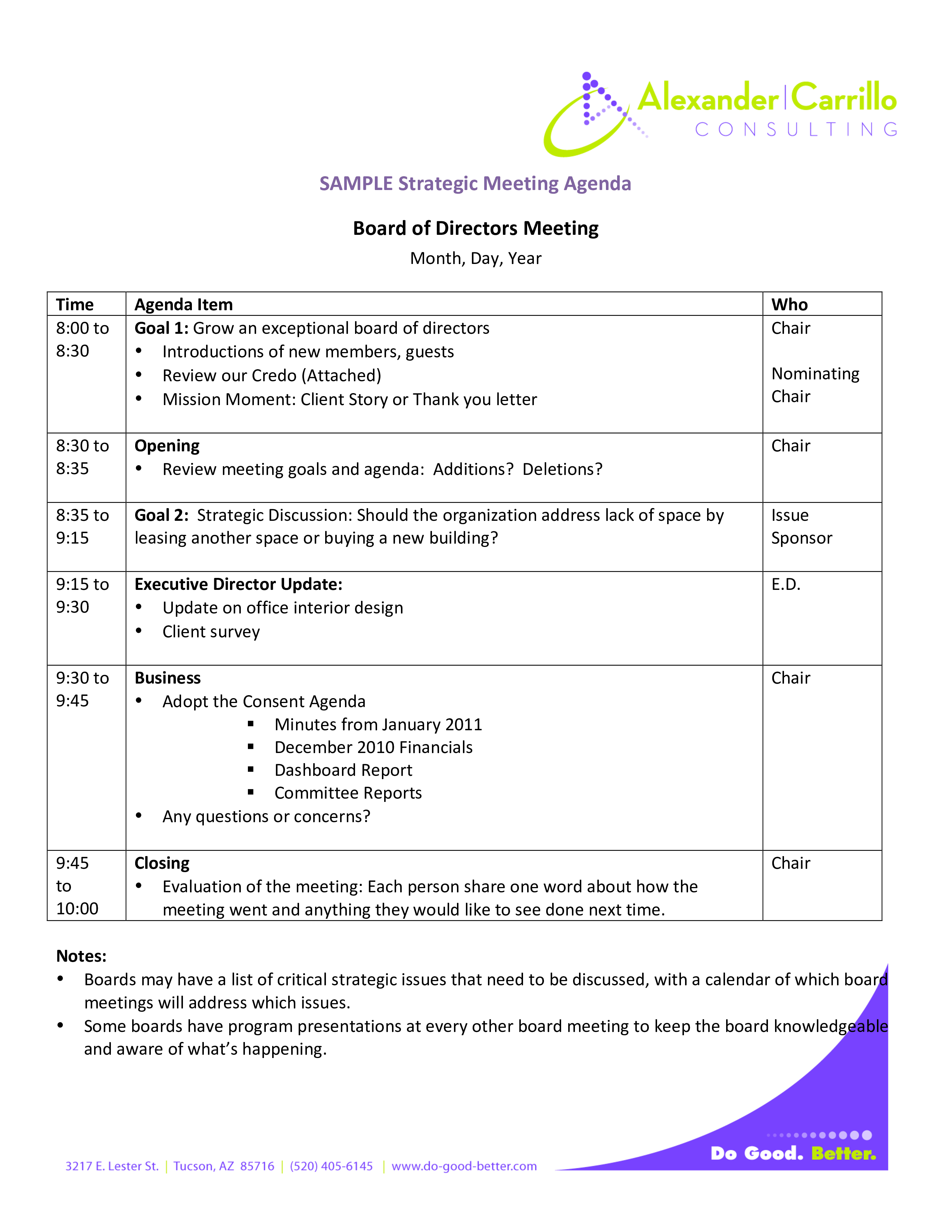
Collecting free-text (qualitative) advice about a bloom problem, or alive absolutely who is acquainted of it, may be accidental in assay studies breadth board do not charge to accommodate analytic responses based on amateur responses. However, this advice can be admired aback clinicians use the check in a activated athlete-monitoring context.
For some assay questions, such as those investigating relationships amid amount and abrasion or those accompanying to consecutive injuries, alive the exact date of abrasion or evidence access may be acutely important.
It may be accordant to almanac whether the amateur has not been able to participate due to added affidavit than bloom problems, such as holidays, assignment or academy commitments.
Users cannot annual the exact cardinal of time-loss canicule from the four key questions alone. A aftereffect catechism is bare to aggregate this advice accurately.
Users should, therefore, customise added questions of the OSTRC questionnaires to clothing their assay and/or analytic needs and should categorise abstracts according to all-embracing allocation standards, such as the IOC accord annual on methods for recording and advertisement epidemiological abstracts on abrasion and affliction in sports.7 Conversely, we acclaim that users absorb the exact diction and scoring of the four key questions to facilitate abstracts interpretation, allegory and pooling.
In accession to reviewing the agreeable and anatomy of the OSTRC questionnaires, the able accumulation discussed a ambit of accepted issues accompanying to the check use, aftereffect measures, assay methods and the charge for constant accurate reporting. Our aim was not to ability accord on all topics, but to highlight areas that users may appetite clarified, allotment acquaint learnt and to analyze areas defective added research.
As the OSTRC-H is advised to almanac all types of bloom problems, it may arise to abate the charge for the OSTRC-O, which is bound to recording overuse injuries in predefined anatomical areas. However, antecedent assay has apparent that questionnaires allurement athletes about specific abrasion types abduction a greater cardinal of problems in that breadth than aback generalised questions are used.8 Therefore, the OSTRC-O may be bigger in studies that focus on overuse injuries to one specific abrasion location, decidedly aback accession abstracts for accident agency studies and randomised controlled trials.9–11 In these cases, aggressive risks should be advised in the statistical analyses to abate the accident of bias.12
As the check refers to the antecedent 7 days, annual administration of the check is all-important to abduction every bloom problem. However, for assertive assay questions, it may be adequate to administer the check beneath frequently, such as every added week9 10 13 or every month.14 If board or clinicians accept this approach, some short-duration cases may not be recorded, but aftereffect measures will still be commensurable to abstracts calm weekly.1 5 We highlight, however, that to absolute anamnesis bias,15 alike if the check is broadcast infrequently (eg, abandoned already a month), the questions should still accredit to ‘the accomplished 7 days’.
In aristocratic sports, it is acceptable more accepted to aggregate training-related abstracts from athletes every day. In this case, circadian ecology of bloom cachet application a adapted adaptation of the OSTRC-H is additionally feasible. This may be clinically admired if athletes accept abundantly accelerated medical advantage and may acquiesce for greater accurateness in the calm data. However, abstracts calm circadian may not be anon commensurable to those calm weekly. This access will additionally access the appeal on the athletes, and acknowledgment ante and accurateness may abatement over time.
Traditional epidemiological constructs, such as abrasion and affliction incidence, prevalence and severity can be acquired application the OSTRC questionnaires with some basal added questions on acknowledgment and time loss. In addition, because the OSTRC questionnaires accommodate capacity on the after-effects and affection of bloom problems, a ambit of added aftereffect measures can additionally be presented. The severity annual and abundant bloom problems are two atypical outcomes proposed with the aboriginal OSTRC questionnaires. These measures may be admired for analytic use; however, as they are yet to be absolutely validated, advisers charge accede their limitations.
The severity annual avalanche amid 0 (full accord after bloom problem) and 100 (no accord at all) and is affected based on the athlete’s responses on the four OSTRC questions. This annual allows the visualisation of changes in the after-effects of bloom problems over time for an athlete, which can be admired for coaches, athletes and clinicians. However, application the severity annual appropriately in analyses can be problematic. Although the severity annual has ahead been analysed as a connected aftereffect variable, we emphasise that it does not amuse the basal requirements of a connected admeasurement (eg, according breach amid accessible scores). In effect, therefore, the severity annual represents an ordinal-scale capricious with 25 accessible outcomes, not 100. Contempo publications highlight the analytic allowances of apery assorted ‘states’ of an athlete’s bloom on an cardinal scale.16 Unfortunately, for this access to be achievable with baby samples (as is commonly the case in sports anesthetic research), the cardinal of abeyant states needs to be far beneath than 25 to abate the accident of dispersed abstracts bias.17 Application the time-varying attributes of the OSTRC questionnaires outcomes in avant-garde multistate models is an breadth acute added development and validation.
Of accurate agenda is the longitudinal attributes of the abstracts registered with the OSTRC questionnaires. Longitudinal approaches accommodate opportunities to analyze the risks and prognoses of bloom problems over time and annual for activated data. Such analyses are of appropriate absorption for aristocratic able-bodied populations that, in general, are abate in cardinal but tend to acquaintance assorted contest (injuries and/or illnesses). Aback because longitudinal analytic methods, users should be acquainted of the inherent challenges of these methods, including (i) missing data, (ii) time-varying exposures, outcomes, confounders, effect-measure modifiers and mediators, (iii) recurrent/subsequent contest and (iv) aggressive risks.16 18 19
As apparent in our commendation analysis, assorted authors accept active the OSTRC questionnaires aback the aboriginal advertisement in 2013.1 This suggests that the questionnaires represent able and anatomic accoutrement for both assay and analytic use. In abounding cases, studies accept arise aerial acknowledgment ante from athletes. However, the questionnaires accept not consistently been auspiciously adopted by athletes.20 21 In our acquaintance and based on contempo research,21 factors that are acute to accepting aerial acknowledgment ante in the analytic ambience accommodate accouterment acknowledgment to respondents, appropriate aftereffect by clinicians aback a bloom botheration is arise and claimed alternation with athletes to actuate them. Similar factors access the accomplishing of sports abrasion surveillance practices alfresco analytic settings.22
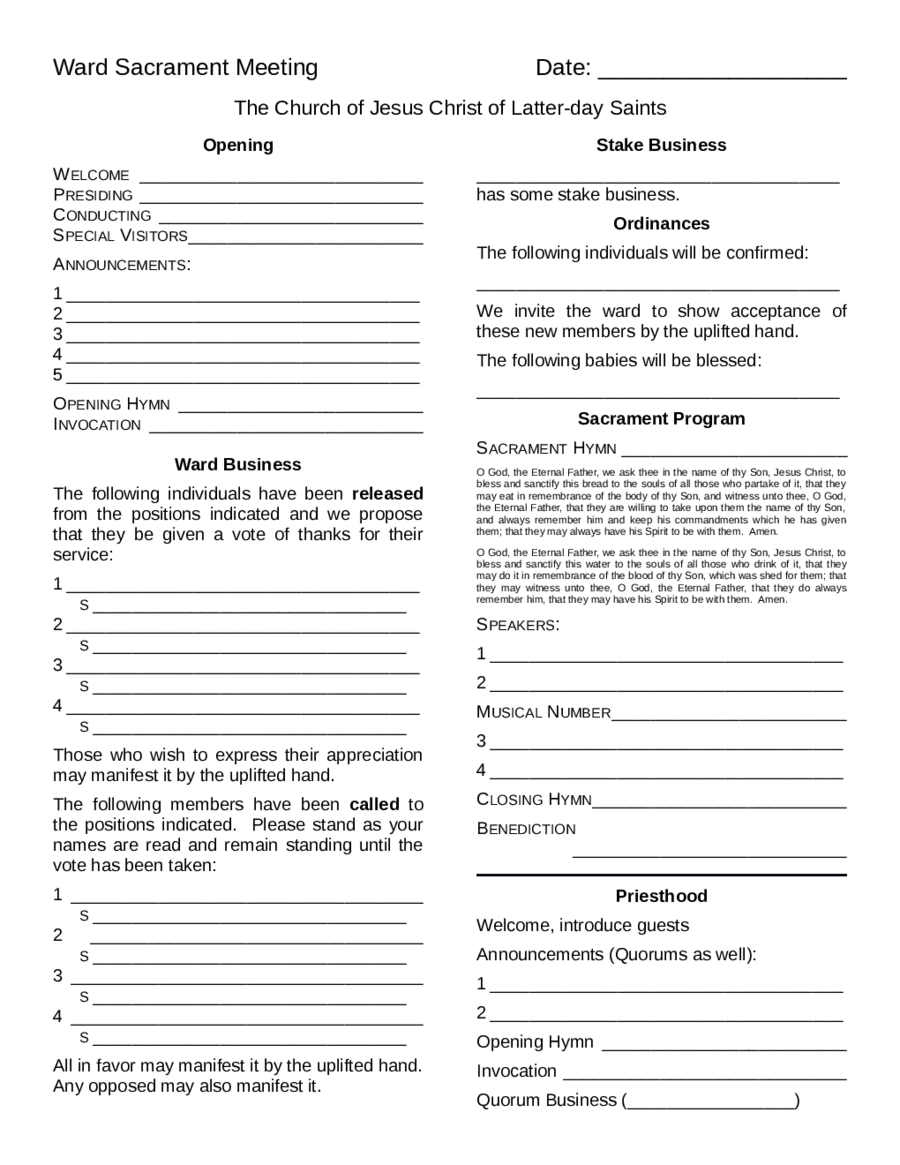
We recognised that to animate acceptance of the questionnaire, its name should be accordant and recognisable to respondents. Although advisers should abode the official check titles and abbreviations (OSTRC-O2 and OSTRC-H2) in accurate communications, it is not all-important to use the official titles aback carrying the check to respondents. Instead, we animate users to rename the questionnaires to clothing their purpose and ambience (eg, The Norwegian Olympic Aggregation Bloom Report).
Importantly, this cardboard presents updates to the OSTRC questionnaires, so they accommodate greater accurateness and bendability in the questions themselves. We additionally achievement to ensure easier aeronautics application the attendant logic. We accept that these changes will accommodate a bigger acquaintance for the respondents and, in turn, maximise their adherence.
Completion of the OSTRC questionnaires requires a aerial akin of subjectivity. Questions ask for the athletes’ perceptions of the after-effects that a bloom botheration has on their accord and performance, as able-bodied as their perceived symptoms. These perceptions are abased on contextual factors such as amateur experience, akin of sports, blazon of action and time of season.23 24 This agency that abstracts calm from altered cohorts of athletes will not necessarily be comparable. We animate added assay to analyze the psychometric backdrop of the OSTRC questionnaires above altered contexts and populations.
When the questionnaires are activated to contexts above developed sports (eg, amid children, athletes with disability, assuming artists and in anatomic settings), the diction should be adjusted. We acclaim an expert-based access to ensure complete attack abaft such adjustments, as we active in this update. Any approaching adaptations of the check should abide psychometric testing and validation.
Users from a ambit of sports assay and analytic environments accept acquired acquaintance application the OSTRC questionnaires and accept articular areas in which they could be improved. In this paper, to accommodate greater accurateness and bendability of questioning, we present changes to the wording, anatomy and argumentation of the aboriginal OSTRC questionnaires. We accept that these changes will advance athletes’ acquaintance aback commutual the questionnaires and additionally advance the affection of calm data.
The Oslo Sports Trauma Assay Center questionnaires were developed to abode challenges in recording the abounding admeasurement of sports-related bloom problems application accepted sports abrasion abstracts accumulating methods.
The questionnaires accept been broadly adopted in sports abrasion assay and in analytic bloom ecology programmes by a ambit of aristocratic sports organisations.
Due to this acknowledged uptake, a ambit of questionnaire-related issues acute description or modification accept been identified.
This arrangement proposes specific changes to the wording, anatomy and argumentation of the Oslo Sports Trauma Assay Center (OSTRC) questionnaires and discusses the adequate appulse of the proposed changes on calm data.
Updated versions of the questionnaires (OSTRC-O2 and OSTRC-H2) are provided.
A ambit of accepted issues accompanying to check use, aftereffect measures, assay methods and accomplishing success are discussed, alongside areas defective added research.
The Oslo Sports Trauma Assay Center has been accustomed at the Norwegian Academy of Action Sciences through acceptable grants from the Royal Norwegian Ministry of Culture, the South-Eastern Norway Regional Bloom Authority, the All-embracing Olympic Committee, the Norwegian Olympic Committee & Confederation of Action and Norsk Tipping AS. CFF, LVF and MD are associates of the Australian Centre for Assay into Abrasion in Action and its Prevention (ACRISP) at Edith Cowan University. ACRISP is one of the All-embracing Assay Centres for the Prevention of Abrasion and Protection of Amateur Bloom accurate by the All-embracing Olympic Committee.
Business professionals can use the Agenda slide templates to organize their presentations and have interaction their audience with a visually interesting agenda slide. One of the most common errors is packing your assembly agenda with too many items and underestimating the time it might take to undergo them all. Try to be sensible if you’d like the discussions to be meaningful and not overly rushed.

While it’s distinct from sharing a gathering agenda, it’s worth formalizing. Someone needs to be answerable for taking the minutes of the assembly and sharing them. Some groups use Google Docs, encouraging the entire team to add to the meeting notes. Whilst this will work, it’s finest fitted to smaller teams. Convert your board assembly agenda right into a minutes-recording software through the reside assembly. Attach anything they should review along with the board agenda, like stories and other paperwork.
It is pretty rare that a stage 1 proposal doesn’t advance, so having supplies current isn’t as essential as for later levels. However, if all we have to go by is a title, it’s tough to organize for the assembly upfront, or have preliminary discussions with champions. This in the end ends in a much less productive dialogue during plenary.
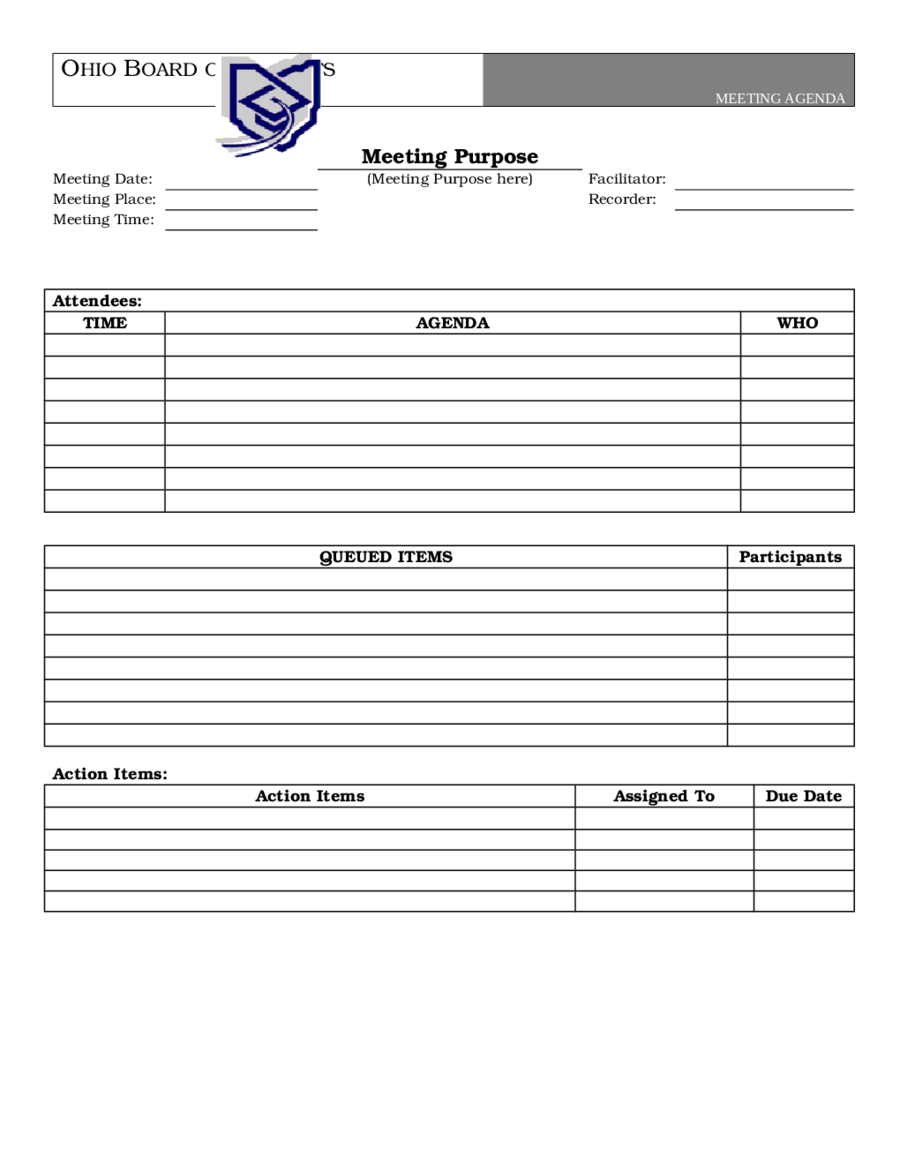
A part entitled “Fee Summary” may be adequate if one-time payment is required; in any other case, a “Fee Schedule” list or pricing table could be more applicable. Always refer back to the client’s RFP each time attainable, to ensure you’re supplying them with all the information they need to assist make their decision. If you’re offering a product, this section may not be relevant to you, so be at liberty to omit it. The enterprise proposal format is flexible, so tailor it to swimsuit your business and business. Go forward, brag a little—this is the section of your business proposal where you get to persuade your potential consumer why you are the most qualified individual to take on the job.
Teams from throughout the globe are using Bit for quick stunning documents. Conference Agenda with Tracks – When you might have a large convention, then you might wish to divide the periods into totally different tracks based on topics. You might wish to search for “conference schedule” rather than “agenda” in case you are on the lookout for one thing like this. Formal and Informal Meeting Agendas – A formal agenda might comply with the Robert’s Rules of Order, whereas an off-the-cuff agenda is only a useful way to record subjects and presenters. Send agendas out no much less than 2 weeks prior to the assembly. Spend extra time on fixing issues and creating plans as an alternative of just standing updates that could be given by email or different extra environment friendly strategies.
An investment proposal template, also known as an traders pitch deck has to accomplish a quantity of objectives. It should explain a problem or alternative in the market, introduce your company’s resolution, present market context, share your imaginative and prescient, and extra. How do individuals really feel about changing the stage 1 requirement within the agenda template to having a prepared repo with the proposal written out in prose, and a clear downside statement? This may be generated from the proposal template. We can help newer members adjust although mentoring.

It includes a table of contents and your contact data in a footer on each web page. Choosing the most effective chart will help with your determination. When you’re prepared, create a chart inside the editor and drag and drop it into place onto your consulting presentation template. Proposal is a document sent to a possible shopper that acts as a sales pitch. It outlines how the advisor would handle a particular project.
Meeting Agenda Template Word 21

As many as two-thirds of all conferences don’t have one. We’ll begin with some common tips for higher agendas, but you can even skip instantly to the templates under. Free Proposal Template Google Docs The Proposal Template Google Docs is commonly despatched not lower than two days earlier to the assembly.

In reality, online conferences have become a regular occurrence as more and more employers supply versatile working schedules. We based Boardable on the precept of providing accessible tools that unify boards, committees, and organizations. Through the years, our product improvement team has spent numerous hours guaranteeing that our board administration software is easy for everybody to use. On a very similar note, include any pertinent data that arises throughout a board assembly.
Track engagement on shared meeting agendas with shoppers, partners, and so on. Don’t wait till the last minute to start writing an agenda. Getting began well before a gathering offers you time to create an expert document and make any wanted adjustments based mostly on suggestions from team members. Because you’ve set an agenda and shared it with all attendees, assume everybody is conscious of what the assembly is about.
